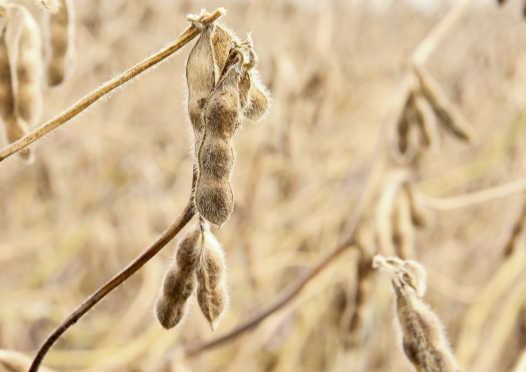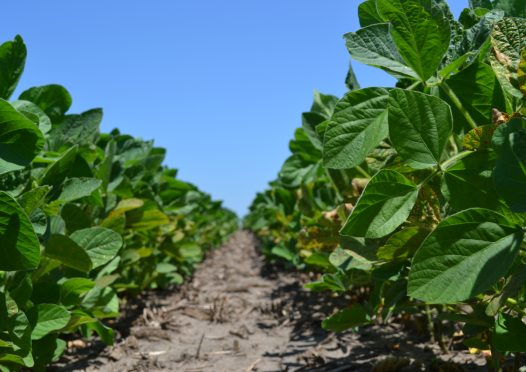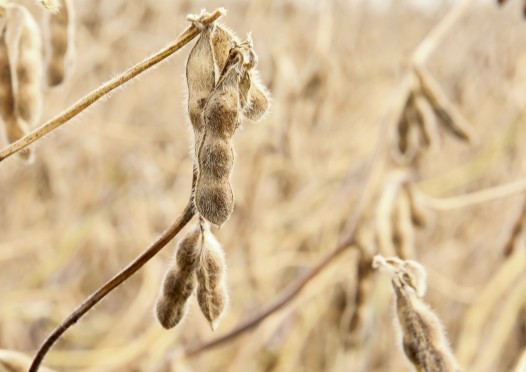ILSOYADVISOR POST
4Rs, High Yields and the 2016 Soybean Season
Following the 4Rs won’t prevent you from producing high yield soybeans.
Editor’s Note: This is the 3rd part in a 4-part series on the 4Rs and nutrient management.
For the most part full-season soybean, double-crop soybean and corn yields were outstanding across the state in 2016. There were some scattered reports of poor soybean yields, but these were isolated cases. Several areas of southern Illinois had greatly reduced corn yields, though, while soybeans fared much better.
I had customers with full-season soybean yield averages that ranged from 45-80 bu/acre and double-crop averages that ranged from 30-65 bu/acre. I even had one producer who averaged 97 bu/acre across 190 acres. We are still trying to figure this one out and would not have believed it possible. But the whole harvest went across the scale to verify that yield.
Several factors contributed to 2016’s outstanding soybean yields. Some of these were:
- Soybean planting and emergence occurred under ideal soil conditions last spring.
- Temperatures and soil moisture conditions were nearly ideal all season long.
- A short dry spell in June did not hurt soybean yield potential. Typically, we may see potassium (K) deficiency on the younger plant tissue during dry periods, but that was not the case this year because any dry spell was very short-lived. Which means that K was available all season long.
- In southern Illinois there was about a 2-week time frame where we were cloudy almost every day. This lack of solar radiation/sunlight hurt corn yields, but had little effect on soybean yields. This can be attributed to the growth pathways of soybean (C3) versus corn (C4). Basically, the corn just sat there idle while the soybeans continued to produce energy and pump it into the seed.
- Harvest was timely. Many areas of southern Illinois stopped corn harvest to harvest soybeans last fall, which preserved yield by reducing loss and harvesting at a higher percent moisture.
- Growers that adopt the 4Rs can still produce high-yielding soybeans while protecting their profit and environment at the same time.
A final thought. The 4Rs of Environmental Stewardship, while directed at fertilizer usage, can be applied to most everything we do on the farm, i.e., pesticide use, seeding rates, etc. The basic premise is to maximize production while reducing environmental impacts. These two factors go hand-in-hand when trying to feed an ever increasing global population.
The following chart from the Nutrient Stewardship website shows how everything we do is inter-related and dependent upon one another. I also added the following points of interest to that chart. When we start using the 4R concepts as agronomists, producers and retailers we must also ask ourselves if the decisions being made are: Agronomically Efficient, Economically Feasible, Environmentally Attainable and Socially Acceptable.

Terry Wyciskalla is an independent crop and soils consultant based out of Nashville, Illinois. He specializes in soil sampling, fertility recommendations, precision ag services and crop problem diagnoses. He serves a 12-county area throughout Illinois. He earned his 4R Nutrient Stewardship certification in 2015 and was part of the 2016 Soy Envoy team.




Comments
Add new comment